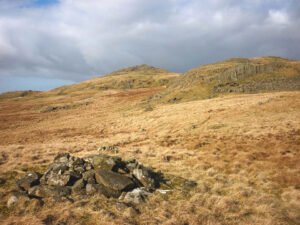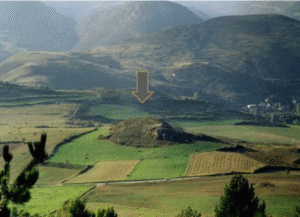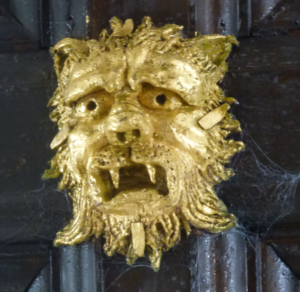A gazetteer of probable prehistoric mounds, cairns and boundary earthworks in Coverdale. It is not complete and is still being researched.
Category: Visible Remains
Montlleó, Cerdanya, Pyrenees – Lithics Study
Montlleó sits at 1,144 m a.s.l. on a low knoll in the high, east–west Cerdanya valley of the eastern Pyrenees, a natural corridor between the Bay of Biscay and the Gulf of Lion. Excavated since 2000, the open-air site preserves a 23,000 – 17,000 cal BP occupation sequence that spans the harshest part of the Last Glacial Maximum (LGM) through early deglaciation. Because mountain ice in the Pyrenees retreated earlier than the global LGM, Montlleó shows that hunter-gatherers could exploit altitudes that were once thought permafrost-bound.
Jan 23
Guide – Landscape Features: Drainage Gullies
Guide – Archaeological Terms Glossary of Archaeological Terms Acheulian Later stages of Lower Palaeolithic culture defined by their particularly fine hand axes. Aeolian Deposited Read more Historic Publications Historic Publications Tacitus Tacitus grew up during a the reign of Nero, and may have been a teenager when Nero Read more Southern Roman Forts Map …
Jan 23
Guide – Introduction to Fieldwalking
Fieldwalking is one of the simplest and most accessible forms of archaeological survey. It involves systematically walking over a landscape, searching for surface artifacts—such as pottery, stone tools, and animal bones—that may have been left behind by past human activity. This activity can offer valuable insights into ancient settlements, trade routes, and other key elements of the past.
Jan 23
Guide – Photography: Image Manipulation
Photography is an essential tool in archaeology, not only for documenting finds but also for interpreting and preserving evidence. However, images often require some level of post-processing to enhance clarity, correct lighting issues, or reveal details that may not be immediately visible. Image manipulation software plays a crucial role in this process, allowing archaeologists to adjust images while maintaining the integrity of the data.
Jan 23
Guide: Landscape Archaeology: The Geology of Thornborough
The Thornborough Henges are located within a distinctive and complex landscape that has been shaped over millennia by a combination of glacial forces, river systems, and post-glacial climatic changes. The landscape of Thornborough is defined by its geological foundations and the dynamic processes that transformed the area long before human presence.
- 1
- 2













